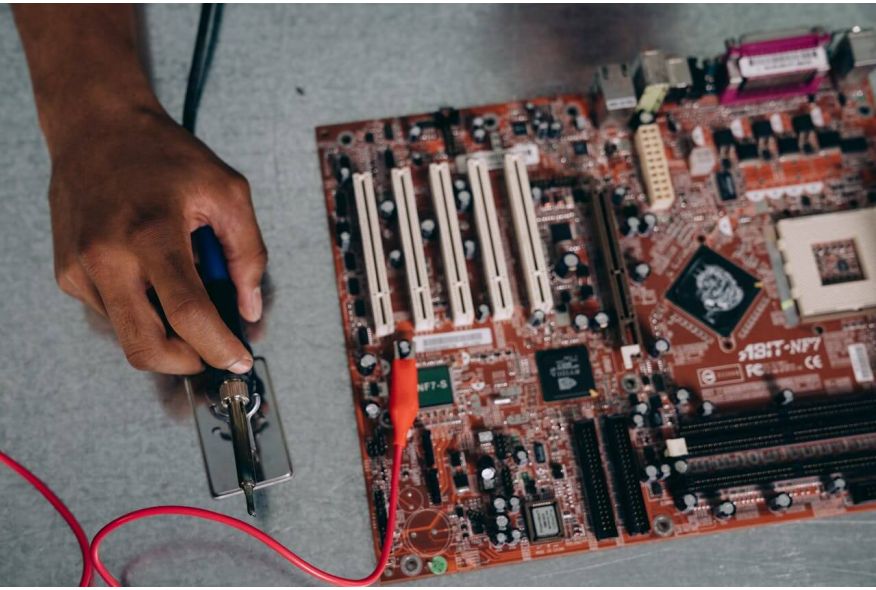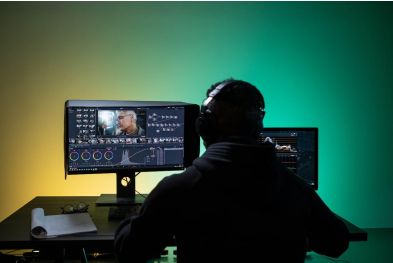How to Build a Cheap but Powerful Gaming PC
Building a gaming PC doesn’t have to cost a fortune. With the right components and a bit of planning, you can create a budget-friendly gaming rig that delivers impressive performance. Whether you’re a casual gamer or a competitive player, this guide will show you how to build a cheap but powerful gaming PC that can handle modern games without emptying your wallet.
Why Build a Budget Gaming PC?
A budget gaming PC offers several advantages:
Cost Savings: You can save hundreds of dollars compared to pre-built systems.
Customization: Choose components that meet your specific needs and preferences.
Upgradability: Easily upgrade individual parts in the future.
Performance: A well-built budget PC can handle most modern games at 1080p or even 1440p.
Step 1: Set Your Budget
Before you start, decide how much you’re willing to spend. A good budget for a cheap but powerful gaming PC is between 500and500and800. This range allows you to include quality components without overspending.
Step 2: Choose the Right Components
1. Processor (CPU)
The CPU is the brain of your PC. For a budget gaming build, consider:
AMD Ryzen 5 5600G: Offers excellent performance and integrated graphics for under $150.
Intel Core i3-12100F: A budget-friendly option with solid gaming performance.
2. Graphics Card (GPU)
The GPU is the most important component for gaming. Look for affordable yet powerful options like:
NVIDIA GeForce GTX 1660 Super: Great for 1080p gaming.
AMD Radeon RX 6600: Offers excellent performance for its price.
3. Memory (RAM)
16GB of DDR4 RAM is the sweet spot for gaming. Aim for a speed of 3200MHz or higher.
4. Storage
SSD: A 500GB NVMe SSD is ideal for your operating system and games.
HDD: Add a 1TB HDD for additional storage if needed.
5. Motherboard
Choose a motherboard that supports your CPU and has the features you need. For example:
AMD Build: B450 or B550 chipset.
Intel Build: B660 chipset.
6. Power Supply (PSU)
A 500W or 550W PSU with an 80 Plus Bronze rating is sufficient for most budget builds.
7. Case
Pick a budget-friendly case with good airflow. Popular options include the Cooler Master MasterBox Q300L and NZXT H510.
Step 3: Prioritize Performance Over Aesthetics
While RGB lighting and sleek designs are appealing, prioritize performance and functionality. Focus on components that offer the best value for your budget.
Step 4: Compare Prices and Look for Deals
Shop around for the best prices on components. Check online retailers, local stores, and seasonal sales like Black Friday or Cyber Monday. Consider buying used or refurbished parts to save money, but ensure they’re in good condition.
Step 5: Assemble Your PC
Once you have all the components, follow these steps to assemble your PC:
Install the CPU: Carefully place the CPU into the motherboard socket.
Install the RAM: Insert the RAM sticks into the appropriate slots.
Mount the Motherboard: Secure the motherboard inside the case.
Install the GPU: Insert the graphics card into the PCIe slot.
Connect Storage: Attach the SSD and HDD to the motherboard and power supply.
Connect Power Supply: Plug in all necessary power cables.
Cable Management: Organize cables to improve airflow and aesthetics.
Test Your Build: Power on your PC and ensure everything works correctly.
Step 6: Install the Operating System and Drivers
Install the OS: Use a USB drive to install Windows, Linux, or your preferred operating system.
Update Drivers: Download and install the latest drivers for your CPU, GPU, and other components.
Step 7: Optimize Your PC
Enable XMP/DOCP: Ensure your RAM runs at its advertised speed.
Adjust Fan Curves: Use your motherboard’s BIOS or software to optimize fan speeds.
Install Essential Software: Add antivirus, productivity tools, and gaming platforms like Steam.
Example Budget Gaming PC Build
Here’s an example of a cheap but powerful gaming PC build:
| Component | Model | Approx. Cost |
|---|---|---|
| CPU | AMD Ryzen 5 5600G | $150 |
| GPU | NVIDIA GeForce GTX 1660 Super | $250 |
| RAM | 16GB DDR4 3200MHz | $60 |
| Storage | 500GB NVMe SSD | $50 |
| Motherboard | B450 Chipset | $80 |
| PSU | 550W 80 Plus Bronze | $50 |
| Case | Cooler Master MasterBox Q300L | $50 |
| Total | $690 |
Final Thoughts
Building a cheap but powerful gaming PC is entirely possible with careful planning and smart component choices. By following this guide, you can create a budget-friendly gaming rig that delivers excellent performance for modern games.
Whether you’re playing the latest AAA titles or competitive esports, a well-built budget PC will provide a smooth and enjoyable gaming experience.
Reminder:
Found this guide helpful? Share it with your friends and fellow gamers on social media! Let’s help everyone build affordable, high-performance gaming PCs. 🚀
By following these steps, you’ll be able to create a cheap but powerful gaming PC that delivers great performance for years to come. Happy gaming!







